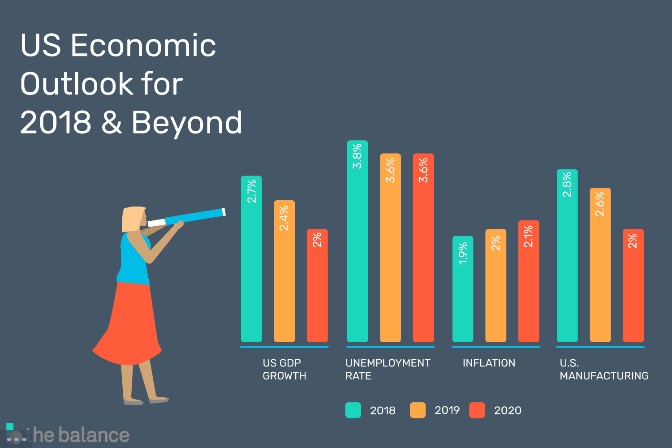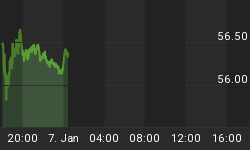Small-cap stocks have surged again this year, taking out new all-time highs in the month of June. The benchmark S&P Small Cap 600 Index has tucked on gains of 11.1 percent in the year-to-date, more than doubling the S&P 500’s 4.5 percent return over the timeframe.

(Click to enlarge)
Source: CNN Money
Perhaps it’s intuitive that small-cap stocks should generate higher returns than their large-cap peers and therefore, a priori, are riskier. In fact, small-cap outperformance (aka: the small-cap premium) is more the rule than the exception. The S&P Small Cap 600 has returned nearly 100-percentage points better than the S&P 500 over the last 10 years:

(Click to enlarge)
Source: MarketWatch
The only notable exceptions have been during periods of deep and prolonged recessions when the small-cap benchmark has underperformed:

(Click to enlarge)
Source: BlackRock Blog
Many analysts fear that we are in the latter stages of the current economic expansion thus increasing the risk of small-caps eventually slowing down. Related: Netflix Shock Hits FAANG Stocks Hard
Several key factors are, however, currently working largely in their favor.
#1 Tax reform
Small-caps tend to source a much larger portion of their revenues from the domestic market. Before the recent tax package, the U.S. had the highest corporate tax rates among the leading economies, leading to small-caps paying an average tax rate of 32 percent vs. 28 percent average for large-caps.
The Trump tax bonanza has benefitted small-cap companies more than their bigger brethren and contributed to their outperformance especially in tax-heavy sectors such as telecoms and financials.
#2 Healthy Economy
The U.S. economy has remained hale and hearty, with GDP growth expected to remain within the 2-3 percent ideal range over the next couple of years. Meanwhile, other key indicators such as inflation and unemployment remain within healthy range—signs of a Goldilocks Economy.

(Click to enlarge)
Source: The Balance
U.S. small-caps tend to be highly sensitive to domestic growth—in fact, they are nearly twice as sensitive to any changes in economic growth as large-caps but remain largely indifferent to international economies. This has been helping them to continue outperforming even as data coming from Europe and other parts of the world continue being mixed.
#3 Reduced Exposure to FX Headwinds
The lower exposure by small-caps to foreign markets has been helping these stocks in another subtle way—by making them less susceptible to foreign exchange headwinds. This has been especially true over the past few years when the dollar has strengthened quite dramatically against a basket of the world’s leading currencies.
A stronger dollar can eat away at profits of companies with large overseas operations. Further, small companies have been enjoying lower input costs for imported raw materials as the dollar strengthens.
Related: Is This The Answer To High Gasoline Prices?
Meanwhile, lower exposure to foreign markets makes small companies more immune to escalating risks of trade wars and other geopolitical concerns.
In fact, there’s a notable trend where more capital is beginning to flow to small-caps in what the experts term as “flight to safety”. ETP flow data shows that capital is increasingly flowing to small-caps as trade wars between the U.S. and its trading partners intensify.
ETP products with exposure to small-caps increased to $5 billion in June compared to $2 billion in March. This confluence of factors is likely to keep the sector hot in the foreseeable future.
By Alex Kimani for Safehaven.com
More Top Reads From Safehaven.com:
















